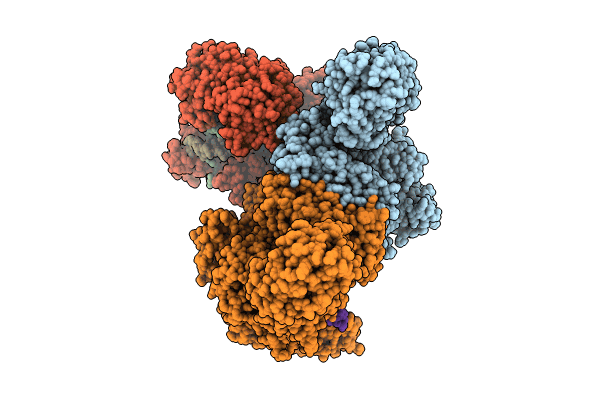
Deposition Date
2023-09-07
Release Date
2024-07-10
Last Version Date
2025-06-04
Entry Detail
Biological Source:
Source Organism:
Vibrio cholerae (Taxon ID: 666)
synthetic construct (Taxon ID: 32630)
synthetic construct (Taxon ID: 32630)
Host Organism:
Method Details:
Experimental Method:
Resolution:
2.50 Å
Aggregation State:
PARTICLE
Reconstruction Method:
SINGLE PARTICLE


